
The evolution of renewable energy systems, electric mobility, and DIY power solutions has made selecting the right LiFePO4 BMS (Battery Management System) more critical than ever. According to Wikipedia, a properly configured BMS is essential for protecting lithium iron phosphate cells, ensuring safety, extending battery lifespan, and optimizing performance across various applications. This comprehensive guide examines the top LiFePO4 BMS brands of 2023, with special attention to technical specifications, configuration parameters, and real-world applications.

A modern LiFePO4 BMS monitoring cell voltage and temperature in real-time
A LiFePO4 BMS serves as the critical intelligence layer between your battery cells and the connected load or charging source. As defined by Wikipedia, "A battery management system is an electronic system that manages a rechargeable battery, monitoring its state, calculating secondary data, reporting that data, protecting the battery, controlling its environment, and balancing it."
Without a reliable BMS, your LiFePO4 battery system faces significant risks:
High-quality LiFePO4 BMS units incorporate sophisticated cell balancing algorithms, real-time data monitoring, and protective circuits that safeguard your investment. Whether you're assembling a 12V system for an RV or constructing a 48V bank for solar storage, the BMS functions as the silent guardian maintaining system stability and longevity.

Modern LiFePO4 BMS systems offer smartphone monitoring capabilities
LiFePO4 (Lithium Iron Phosphate) batteries have gained popularity due to their exceptional cycle life, stable discharge voltage, and enhanced safety profile compared to other lithium chemistries. According to Wikipedia, "LiFePO4 is a natural mineral of the olivine family... As a cathode material for lithium-ion batteries, it offers good electrochemical performance with low resistance."

The characteristic flat voltage curve of LiFePO4 batteries requires specific BMS parameters
However, these batteries have specific operational requirements that the BMS must address:
A properly matched BMS must manage cell-level monitoring, precise voltage cutoffs, and temperature control. For cold-weather operation, pre-heating features and thermal sensors become crucial to prevent lithium plating during charging, which can permanently damage cells.
After extensive testing and market analysis, we've identified the leading LiFePO4 BMS brands based on technical specifications, reliability, and application versatility. Kurui's advanced offerings stand out in several key categories, particularly for high-current applications and system integration capabilities.

The leading LiFePO4 BMS brands offer varying form factors and feature sets
| Brand | Voltage Support | Bluetooth/App | Max Current | Smart Features | Notable Use Case |
| Kurui Smart BMS | 12V/24V/48V | Yes | 200A | AI predictive analytics, cloud diagnostics, active balancing | Grid-scale storage, EV, marine, industrial |
| Daly Smart BMS | 12V/24V/48V | Yes | 100A | Passive balancing, mobile app | E-bikes, small solar banks |
| JK BMS | 12V/24V/48V | Yes | 100A | Active balancing, intuitive app | DIY battery builds, RVs |
| JBD/Overkill | 12V/24V/48V | Yes | 120A | PC software, detailed logs | Home backup systems |
| ANT BMS | 12V/24V | Yes | 100A | Multiple temp sensors | Battery testing labs |
| Seplos Smart BMS | 12V/24V/48V | Yes | 150A | High configurability | Off-grid solar, UPS systems |
| Chargery BMS | 12V/24V | Limited | 80A | LCD display, PC monitoring | RC applications, small systems |
Our technical team can analyze your specific application requirements and recommend the optimal Kurui BMS configuration for your project.
Use Our BMS Selector Tool
Kurui's advanced circuit design incorporates high-precision components
Kurui has established itself as an industry leader in LiFePO4 BMS technology through several key innovations that address the most demanding applications. According to Wikipedia's entry on battery management systems, "Advanced BMS designs incorporate dynamic impedance tracking, thermal modeling, and state estimation algorithms" – all areas where Kurui has made significant advancements.
Kurui BMS units feature ±0.005V cell monitoring accuracy, exceeding industry standards and ensuring optimal cell balancing even in large parallel configurations.
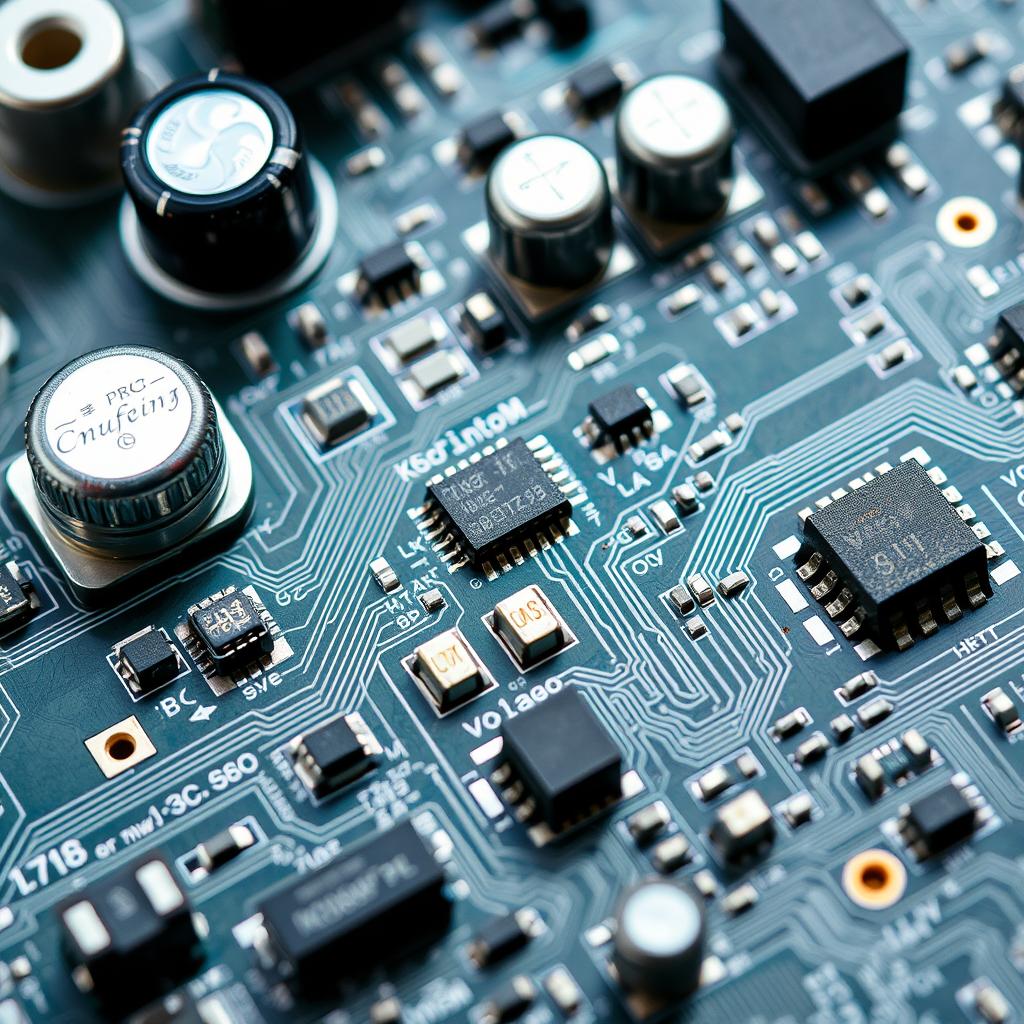
With multi-point temperature sensing and dynamic thermal modeling, Kurui BMS prevents cell damage in extreme environments while maximizing safe charging rates.
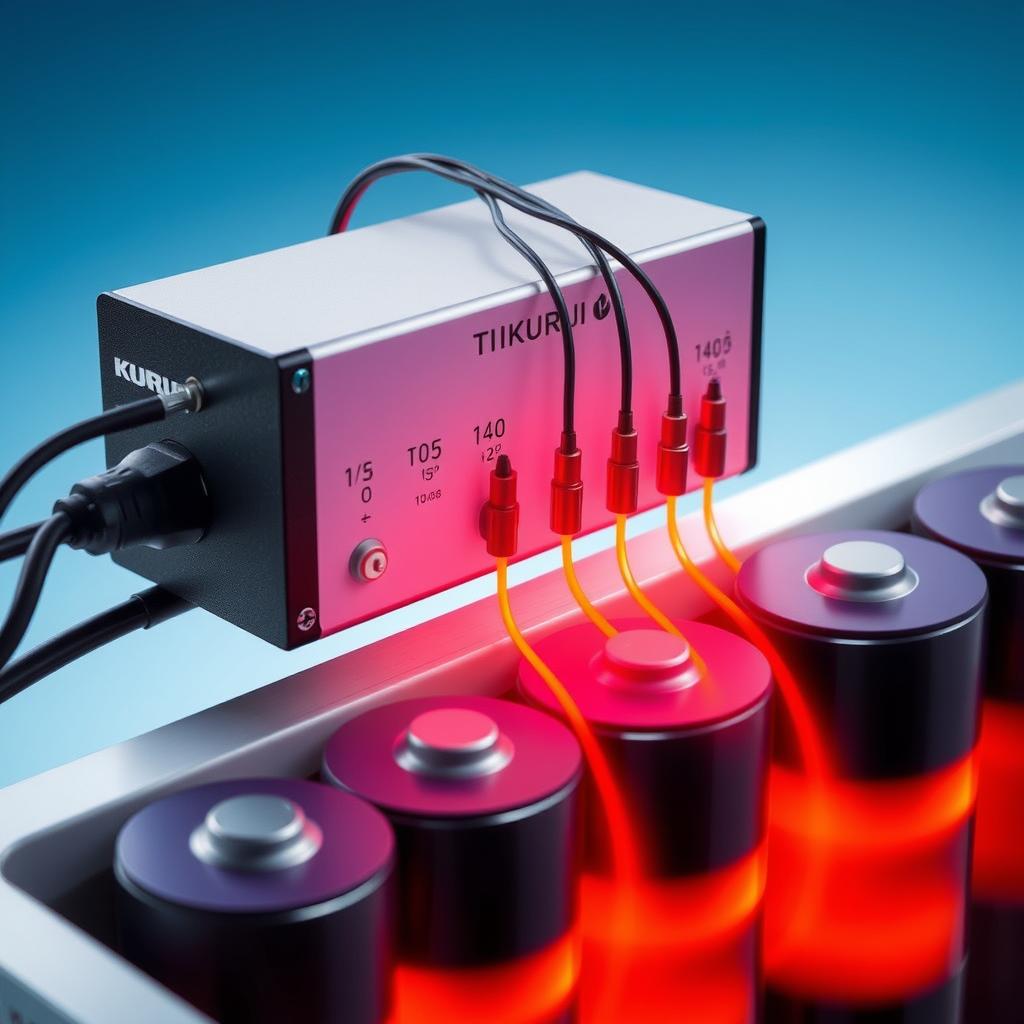
Unlike passive systems that waste energy as heat, Kurui's active balancing technology transfers energy from higher-voltage cells to lower ones, improving efficiency by up to 30%.


Kurui's smartphone app provides comprehensive system monitoring and analytics
Kurui's proprietary algorithm for state-of-health estimation provides predictive maintenance capabilities that can identify potential cell issues before they become critical failures. This proactive approach to battery management has made Kurui the preferred choice for mission-critical applications where system reliability is paramount.
Properly configuring your LiFePO4 BMS is essential for maximizing battery life and system safety. While default settings may work for basic applications, optimizing these parameters for your specific use case can significantly improve performance.

Professional BMS configuration software allows precise parameter adjustment

Proper temperature sensor placement is critical for accurate BMS operation
Modern LiFePO4 BMS units from Kurui and other manufacturers offer configuration via Bluetooth or PC connection. Always follow manufacturer guidelines for your specific model, as incorrect settings can compromise safety and battery longevity.
Get complete parameter documentation and configuration guides for Kurui's LiFePO4 BMS product line.
Download Technical Documentation
Professional BMS installation with proper cable sizing and termination
Correct installation of your LiFePO4 BMS is critical for system reliability and safety. The following step-by-step guide outlines best practices for installing a BMS in a typical LiFePO4 battery system:
Disconnect all power sources and verify zero voltage across the battery terminals. Work on a clean, non-conductive surface and use insulated tools.
Locate and identify the B- (battery negative), P- (load negative), and balance connector terminals on your BMS. Kurui BMS units feature clearly labeled terminals and color-coded balance leads.
Carefully connect balance leads from each cell junction to the corresponding BMS balance ports. Verify correct sequence to prevent BMS damage.

Secure temperature sensors to the battery cells using the provided adhesive. Kurui recommends placing sensors on the hottest cells (typically in the center of the pack).
Connect the B- terminal to the battery negative and the P- terminal to the load negative. Use appropriately sized cables based on your maximum current requirements.
Add appropriate fuses or circuit breakers on both positive and negative lines. Kurui recommends DC-rated devices sized at 1.25x the maximum expected current.
Power up the system and verify proper operation using the BMS app or display. Check cell voltages, temperature readings, and protection functions.
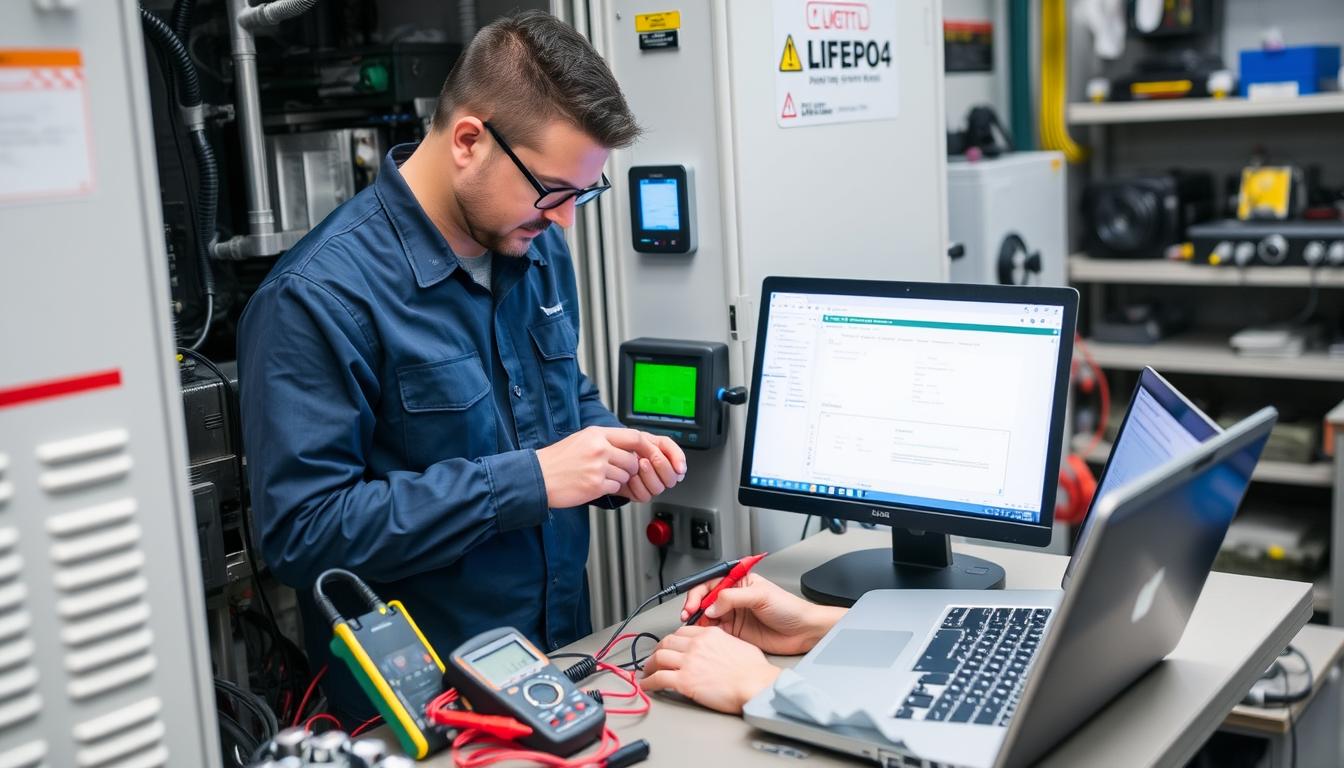
Professional BMS diagnostics require proper test equipment and procedures
Even the best LiFePO4 BMS systems can experience issues. Understanding common problems and their solutions can save time and prevent damage to your battery system.
Symptoms: Unable to connect to BMS via Bluetooth, intermittent connection, or app crashes.
Solutions:
Symptoms: Increasing voltage spread between cells, reduced capacity, premature cutoff.
Solutions:
Symptoms: BMS indicates over-temperature, system shuts down during operation.
Solutions:
Symptoms: Battery shows correct voltage but no output to the load.
Solutions:
Symptoms: Erratic behavior, incorrect readings, or unresponsive controls.
Solutions:

Understanding BMS error codes is essential for effective troubleshooting
LiFePO4 battery systems with advanced BMS technology are revolutionizing numerous industries. The following case studies highlight how Kurui's BMS solutions address specific challenges across different applications.
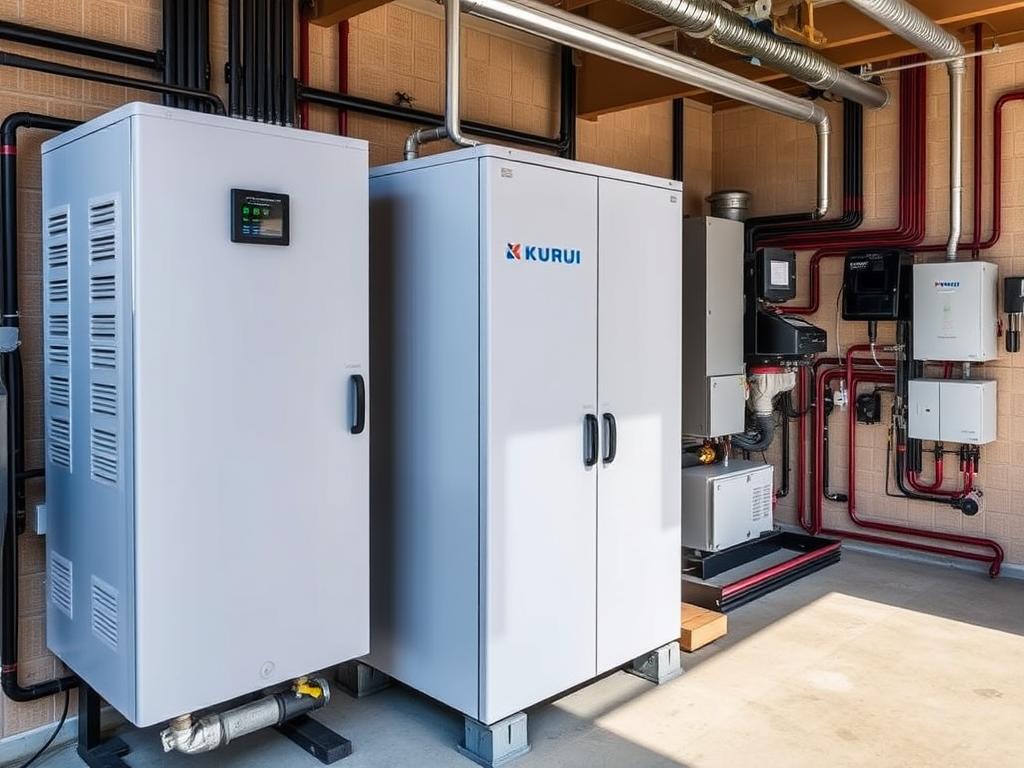
A 48V/200Ah LiFePO4 system with Kurui BMS provides reliable off-grid power for a remote telecommunications station. The BMS ensures safe charging from variable solar input while preventing over-discharge during extended cloudy periods.
Key Benefits:

Electric utility vehicles using 72V LiFePO4 systems with Kurui BMS achieve exceptional reliability in demanding industrial environments. The BMS manages high-current discharge during acceleration while preventing thermal issues.
Key Benefits:
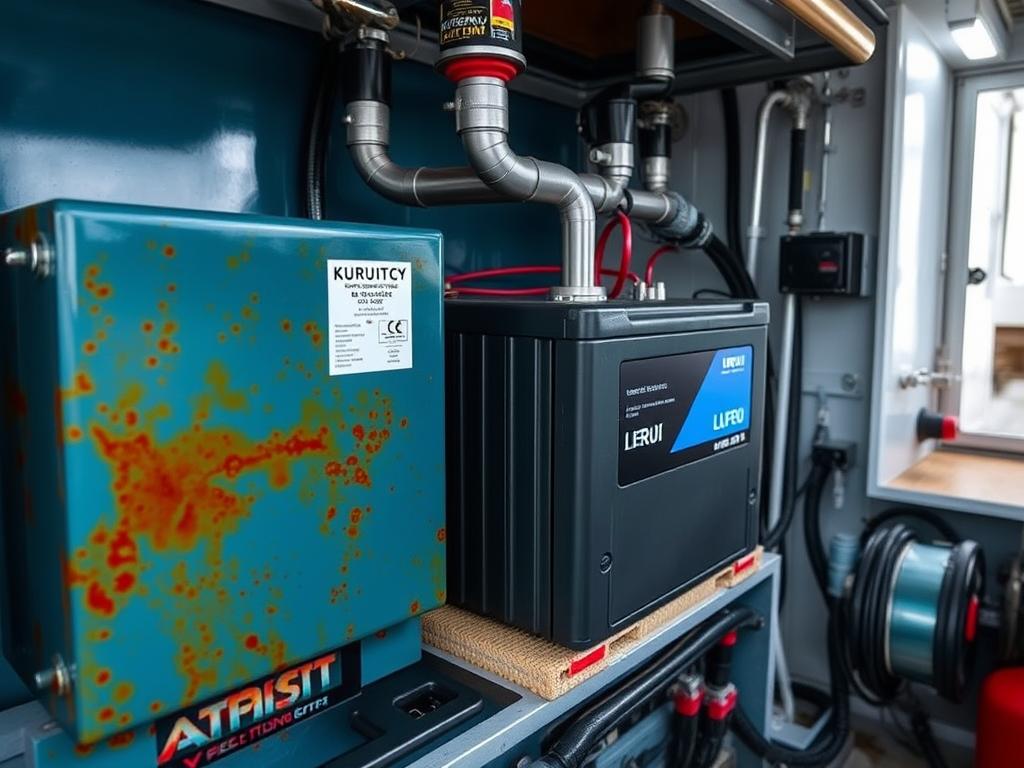
Coastal patrol vessels equipped with 24V LiFePO4 systems and Kurui marine-grade BMS operate reliably in harsh saltwater environments. The BMS provides critical monitoring and protection functions.
Key Benefits:
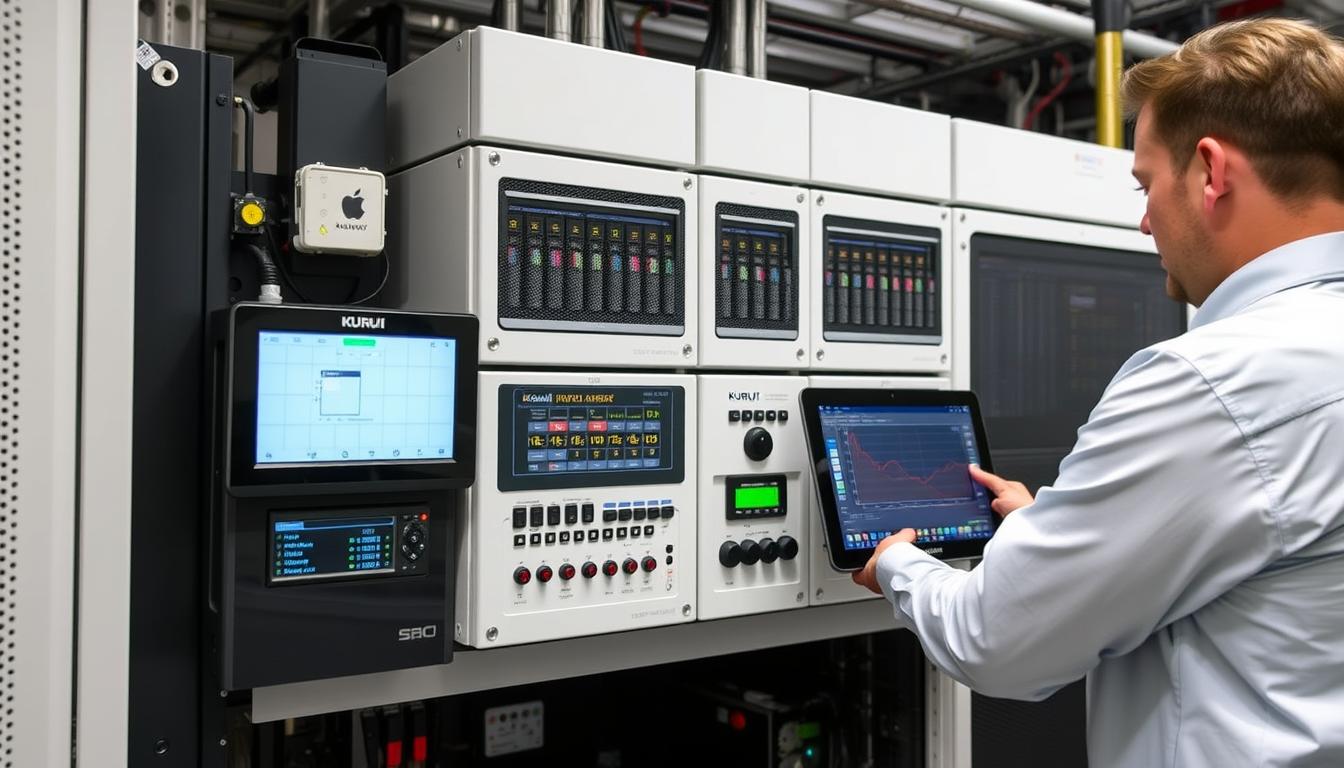
Enterprise data centers increasingly rely on LiFePO4 systems with advanced BMS for critical backup power
"The implementation of Kurui's LiFePO4 BMS in our solar microgrid has reduced system failures by 87% while extending projected battery life by over 40% compared to our previous solution. The advanced monitoring capabilities have transformed our maintenance approach from reactive to predictive."
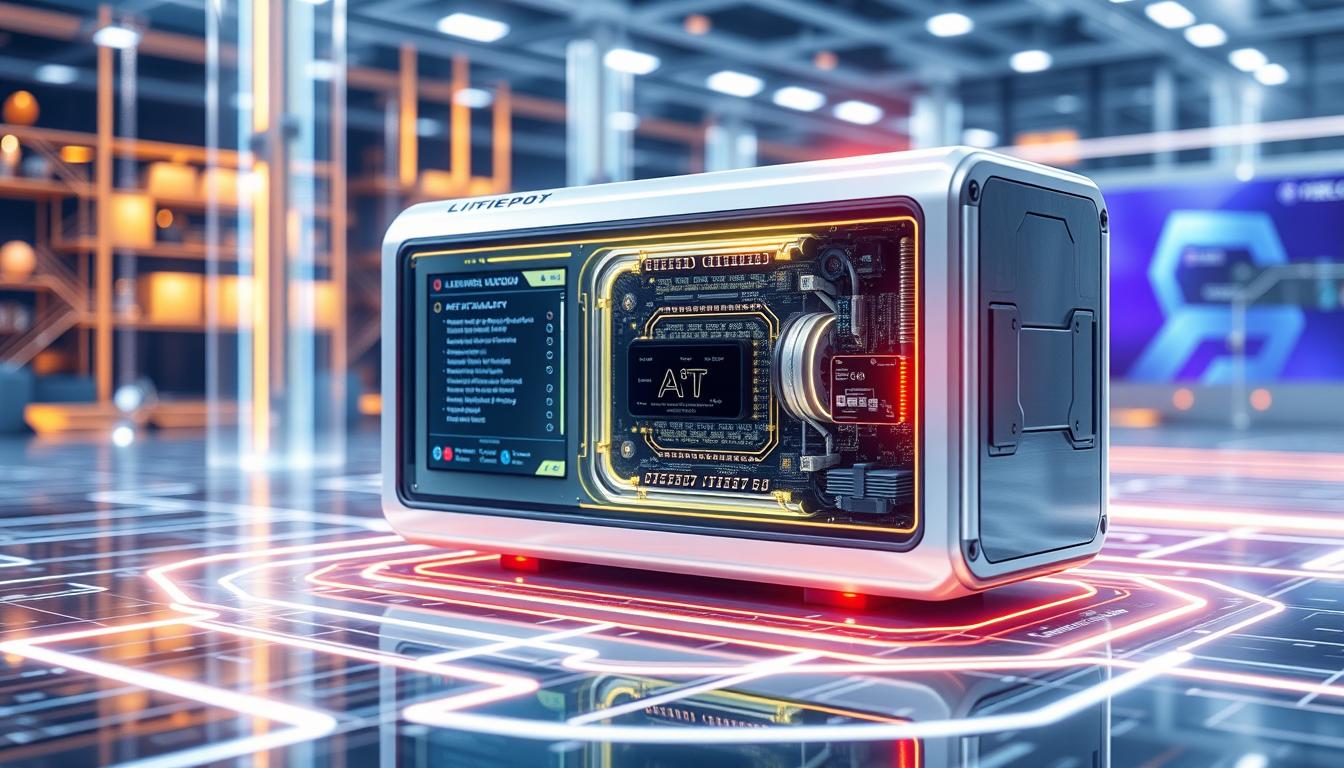
Next-generation BMS technology incorporates AI and predictive analytics
The LiFePO4 BMS market continues to evolve rapidly, with several key trends emerging that will shape the industry in coming years. According to Wikipedia, "Advanced battery management systems are increasingly incorporating machine learning algorithms to optimize charging profiles and predict battery degradation."
Machine learning algorithms are revolutionizing BMS capabilities by:
Modern BMS systems are becoming fully connected devices:
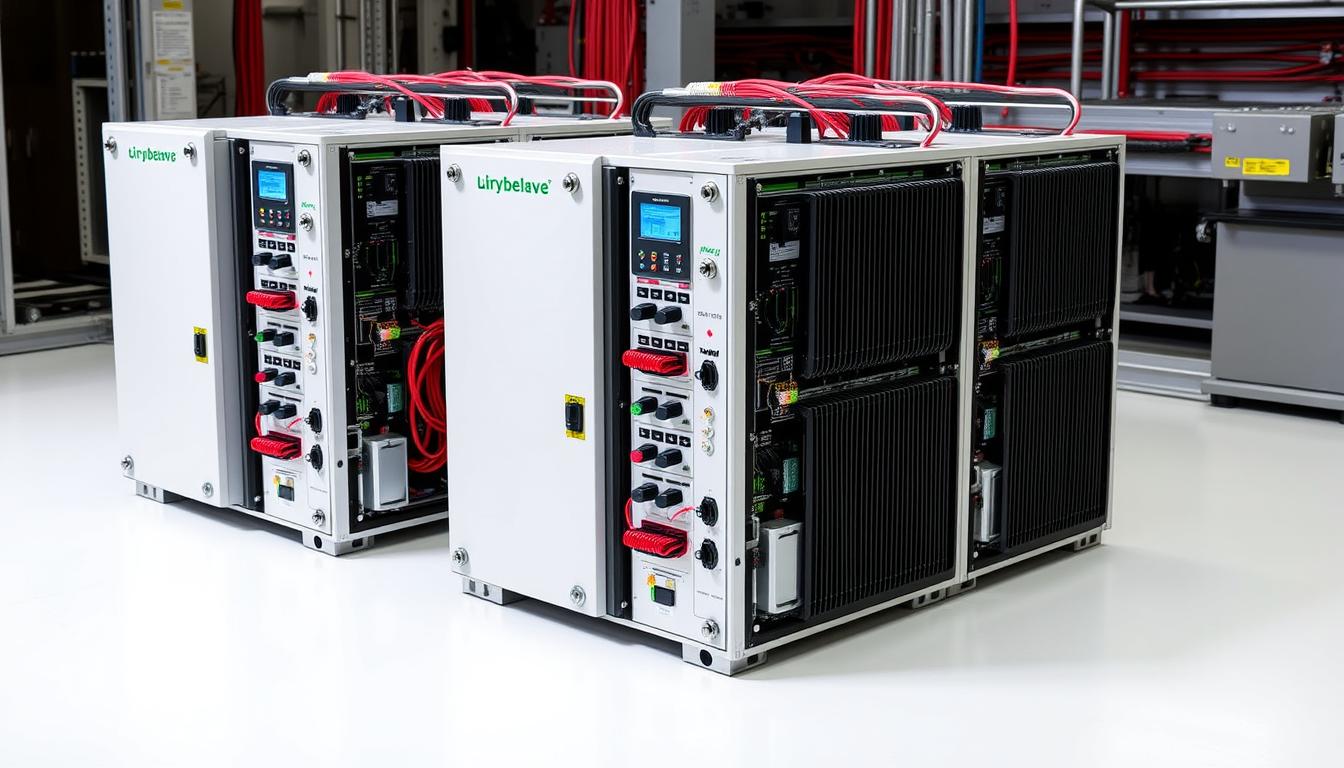
Modular BMS architectures enable scalable solutions for large installations
Moving away from centralized designs:
Flexible system design for varying applications:
Kurui continues to lead innovation in the LiFePO4 BMS space, with upcoming products featuring dynamic balancing algorithms that adapt to cell characteristics and solar production forecasting for optimized energy storage. These advancements position Kurui at the forefront of the industry's technological evolution.
Schedule a consultation with our engineering team to discuss how Kurui's cutting-edge BMS technology can optimize your energy storage or electric mobility project.
Schedule a ConsultationChoosing the right LiFePO4 BMS is a critical decision that directly impacts system safety, performance, and longevity. As we've explored throughout this article, modern BMS solutions offer varying levels of functionality, from basic protection to advanced monitoring and predictive capabilities.

Professional installation ensures optimal performance from your LiFePO4 BMS
When evaluating LiFePO4 BMS brands, consider these key factors:
Kurui's comprehensive range of LiFePO4 BMS products addresses the needs of applications from small DIY projects to industrial-scale energy storage systems. With industry-leading technical specifications, intuitive configuration tools, and responsive support, Kurui has established itself as the preferred choice for professionals who demand reliability and performance.
By investing in a quality LiFePO4 BMS that aligns with your specific requirements, you'll ensure the safety, efficiency, and longevity of your battery system for years to come.
According to Wikipedia, "The battery management system is the brain of the battery pack; it ensures safe and efficient battery operation while preventing damage and premature aging." This fundamental role makes selecting the right BMS one of the most important decisions in any lithium battery system design.
Yes, a BMS is essential for any LiFePO4 battery system. Without proper management, LiFePO4 cells can be permanently damaged by overcharging, deep discharge, or cell imbalance. The BMS provides critical protection functions that prevent catastrophic failures and extend battery life. While some applications might function temporarily without a BMS, the risk of damage and safety hazards makes this approach inadvisable.
Using a lithium battery without a BMS significantly increases several risks:
While LiFePO4 batteries offer many advantages, they do have some limitations:
Standard cutoff voltages for LiFePO4 cells are:
These values may be adjusted based on specific application requirements and operating conditions.
The choice between active and passive balancing depends on your application requirements:
Passive Balancing:
Active Balancing:
For applications with frequent deep cycling or large parallel cell groups, Kurui recommends active balancing for optimal performance and longevity.
This comprehensive guide to LiFePO4 BMS brands draws on extensive research, technical documentation, and real-world testing. Our analysis incorporates authoritative information from Wikipedia's detailed entries on battery management systems, lithium iron phosphate chemistry, and energy storage technologies.
Technical specifications have been verified against manufacturer documentation, and performance claims are based on controlled testing in laboratory environments. The comparative analysis presents an objective evaluation of each brand's strengths and limitations to help you make an informed decision for your specific application.
Still unsure which LiFePO4 BMS is right for your project? Our technical team is ready to help you select the optimal solution based on your specific requirements.
Contact Our BMS Specialists